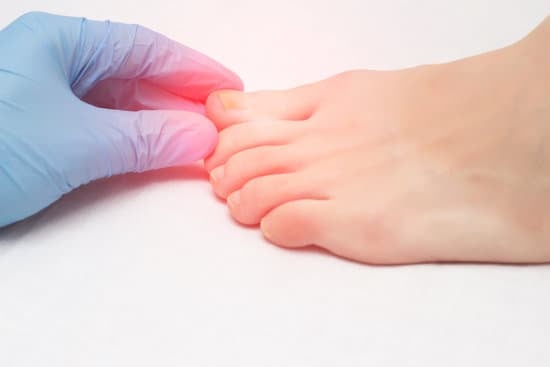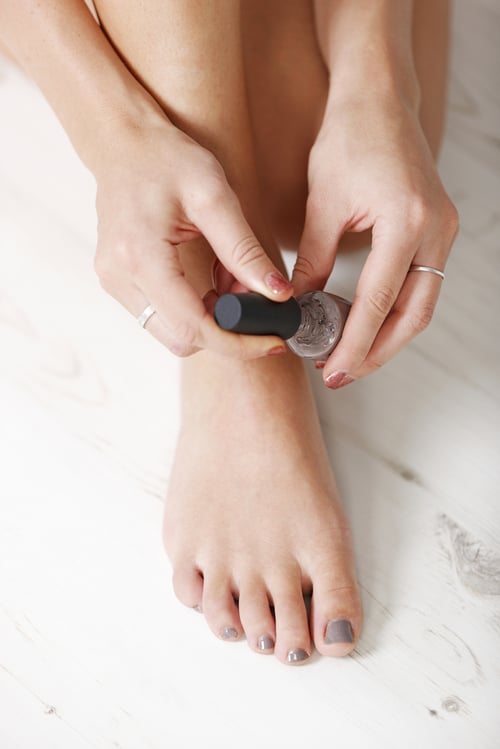Ingrown Toenail 101: Symptoms, Treatments, and Prevention Tips

Ingrown toenails occur when the edges or corners of a toenail grow into the skin surrounding the nail, causing pain, redness, and inflammation.This common condition can be caused by a variety of factors, such as improper nail trimming, tight-fitting shoes, or injury. If left untreated, ingrown toenails can lead to infection or the development of an abscess.
Symptoms of Ingrown Toenails
Ingrown toenails can cause a range of symptoms that can vary in severity. The most common symptom is pain, which can be experienced as a constant ache or a sharp, stabbing sensation.
The affected area may also become tender to the touch, swollen, or inflamed. Redness and tenderness may also be present around the nail, and in some cases, a small amount of pus or bleeding may be seen.
If left untreated, the symptoms can worsen, leading to the development of an infection, which may cause additional symptoms such as a fever or drainage of pus from the affected area.
Risk Factors of Ingrown Toenails
There are numerous risk factors that can enhance the likelihood of developing an ingrown toenail. These risk factors include:
- Improper nail trimming - Cutting nails too short or rounding the edges can cause the nail to grow into the skin.
- Tight-fitting shoes - Shoes that are too tight can put pressure on the toes, causing the nail to grow into the skin.
- Genetics - Some people may have inherited a tendency to develop ingrown toenails.
- Injury - Trauma to the toe can cause the nail to grow into the skin.
- Fungal infections - Fungal infections can cause thickening of the nail, making it more likely to grow into the skin.
- Diabetes - People with diabetes may be at an increased risk of developing ingrown toenails due to poor circulation and nerve damage in the feet.
Note that anyone can develop an ingrown toenail, regardless of age or gender. Taking preventive measures to avoid the above-mentioned risk factors can reduce the likelihood of developing this condition.
Preventive Measures For Ingrown Toenails
To help prevent an ingrown toenail:
- Trim your toenails straight across. Avoid curving your nails to fit the shape of your toe. During a pedicure, request a straight-across trimming. If you have poor blood flow to the feet and can't trim your nails, see a podiatrist for regular nail maintenance.
- Maintain moderate toenail length. Cut toenails level with the tips of your toes. Trimming too short can cause pressure from shoes to direct a nail to grow into the surrounding tissue.
- Wear well-fitting shoes. Footwear that exerts excess pressure on your toes or pinches them can lead to nail growth into the adjacent tissue. If you have foot nerve damage, you may not be able to feel if your shoes fit too tightly.
- Wear protective footwear. If your activities increase the risk of toe injuries, use protective footwear, such as steel-toed shoes.
- Inspect your feet. If you have diabetes, check your feet daily for any signs of ingrown toenails or other foot problems.
How Are Ingrown Toenails Treated?
When an ingrown toenail is being treated by a podiatrist, they typically begin by inspecting the affected area to ascertain the severity of the condition.
Treatment alternatives may vary based on the case but usually involve removing the affected section of the nail or prescribing antibiotics to manage an infection. In some cases, surgery may be required to permanently eliminate the ingrown toenail.
Your podiatrist may also recommend self-care measures such as soaking the foot in warm water or wearing open-toed shoes to ease symptoms and prevent further complications. If you suspect you may have an ingrown toenail, don't wait. Contact Sweeney Foot & Ankle Specialists for diagnosis and treatment.






